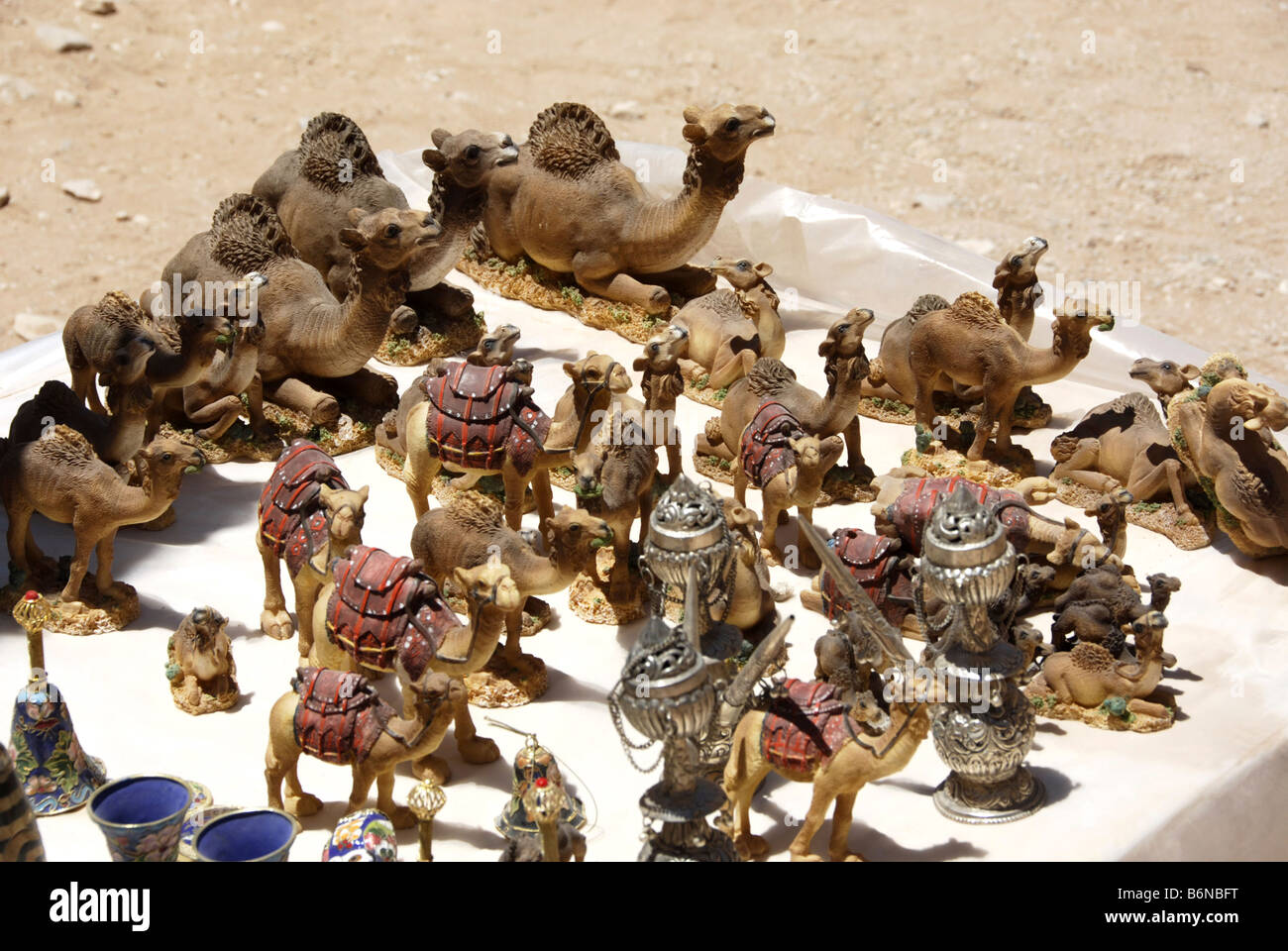Ceramic souvenirs in Petra, Wadi Musa, Jordan

Image details
Contributor:
Dimitry Bobroff / Alamy Stock PhotoImage ID:
B6NBFTFile size:
49.8 MB (1.8 MB Compressed download)Releases:
Model - no | Property - noDo I need a release?Dimensions:
5100 x 3414 px | 43.2 x 28.9 cm | 17 x 11.4 inches | 300dpiDate taken:
11 August 2008Location:
Petra, Wadi Musa, JordanMore information:
Ancient city of Nabateans with carved buildings in sandstone cliffs. Petra (from "petra-πέτρα", rock in Greek; Arabic: البتراء, Al-Batrāʾ) is an archaeological site in the Arabah, Ma'an Governorate, Jordan, lying on the slope of Mount Hor[1] in a basin among the mountains which form the eastern flank of Arabah (Wadi Araba), the large valley running from the Dead Sea to the Gulf of Aqaba. It is renowned for its rock-cut architecture. Petra is also one of the new wonders of the world. The site remained unknown to the Western world until 1812, when it was discovered by Swiss explorer Johann Ludwig Burckhardt. It was famously described as "a rose-red city half as old as time" in a Newdigate prize-winning sonnet by John William Burgon. UNESCO has described it as "one of the most precious cultural properties of man's cultural heritage."[2] In 1985, Petra was designated a World Heritage Site.